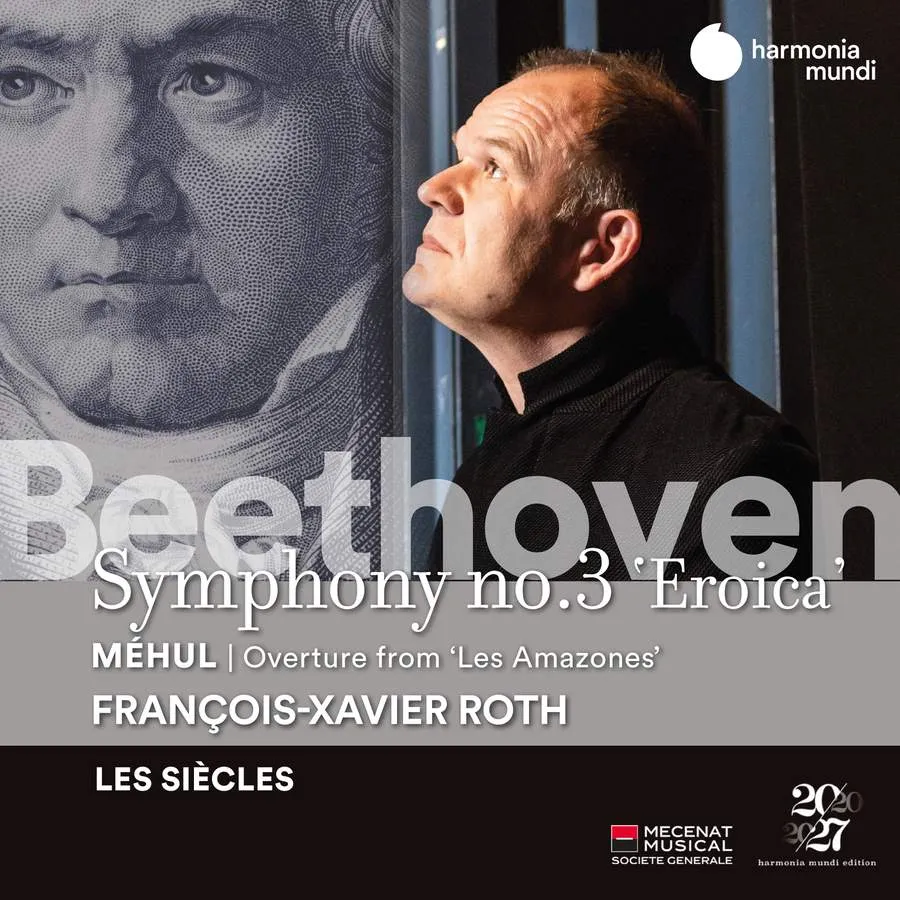
Beethoven • Mehul Beethoven: Symphony No. 3 ‘Eroica’; Méhul: Les Amazones – Overture Les Siècles/François-Xavier Roth Harmonia Mundi HMM902421 53:32 mins
Beethoven’s Eroica followed by a seven-minute overture by Étienne-Nicolas Méhul? This coupling is like a penny-farthing bicycle. What is it supposed to demonstrate? We only discover the rationale when we’re halfway through the liner notes. François-Xavier Roth and Les Siècles have an ongoing project: on each disc, to focus on the revolutionary aspect of Beethoven’s oeuvre by juxtaposing selected symphonies with works by his French contemporaries. Or as the liner notes have it, ‘for the fun of setting Beethoven’s greatest hits alongside a discovery’.
The notes argue that the two composers have more in common than is generally known. Born seven years and 200 kilometres apart, both began their careers as organists, and they were well aware of each other’s music. The opening of Méhul’s G minor Symphony is strikingly similar to that of Beethoven’s Fifth, and Beethoven possessed the score of Méhul’s opera Valentine de Milan. Over-egging the pudding somewhat, the notes add that ‘both composers crossed genre borders in their search for new means of expression.’ Er, yes…
Roth and his period-instrument orchestra give a fine account of the Eroica with a beautifully balanced sound, and with the detail brilliantly brought out. With its measured tread the funeral march is heroically conceived, and the Scherzo has a fleet-footed exuberance. The bombast of the finale is well handled.
The Méhul piece inhabits the same soundworld and it’s heroic in the Beethovenian mode, but it comes over as mere pastiche and it’s not much of a discovery. It is, in any case, too short and too limited in its ambition to make any kind of comparative case.
Michael Church